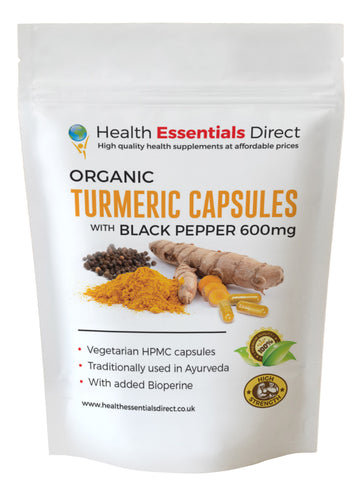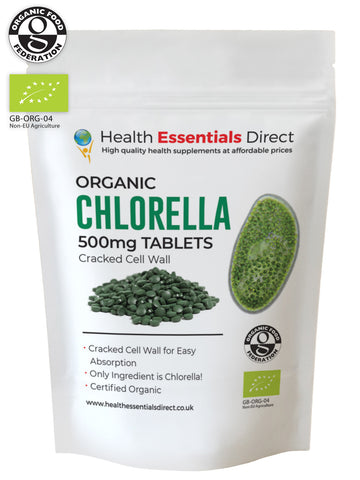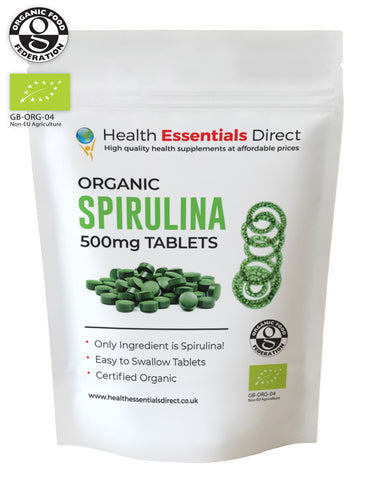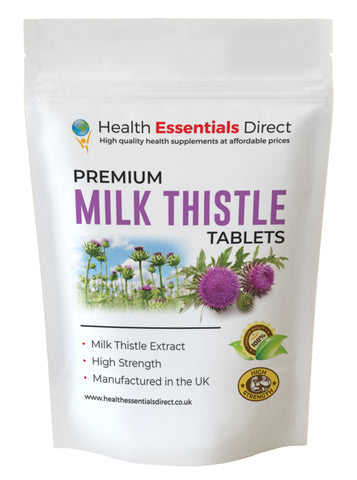High Strength African Mango Extract Tablets
£8.99
High Strength African Mango Tablets 10:1 Extract
-
High Strength 10: Extract
-
Easy to Swallow Tablets
-
Manufactured in the UK
About African Mango Extract
The African mango fruit was a favourite among lactating mothers who were handling new-borns. They believed that the extract obtained from the seed impacted positively on their digestion. They were able to have relatively fast body metabolisms at a time when their bodies were susceptible to considerable weight gain. Apart from the kernel i.e. seed, there are other plant parts of the African Mango that were put to different uses. These include the roots, leaves and bark. Oil obtained from the seeds was a favourite for many as they believed it comprised of exceptionally low levels of cholesterol. The oil was used in coming up with different sets of cuisines. It was also used alongside other oils where the mixture was applied on rough and defective skin surfaces. Leaves of the African mango tree were also used in coming up with various dishes. The huge trees that house the fruit were used as shade for human beings, plants and animals. In certain societies, the tree is held in high regard and hence no lumbering of the same is allowed.
The African mango fruit is an exotic fruit which is mostly grown in Africa. Scientifically, the fruit is referred to as Irvingia gabonensis. Other names used to refer to the fruit include bush mango, wild mango, ogbono, dika bread and dika nut. The fruit has a rich bright green colour once it ripens up. The edible pulp bears a bright yellow to orange colour. The taste of the fruit ranges from sweet to slightly bitter. Although the fruit resembles the regular mango fruit in numerous capacities, it has a unique seed which forms the major difference between the two. The African mango mostly grows in West and Central Africa. The fruit is particularly popular in the following countries: Guinea, DRC Congo, Nigeria, Congo, Cameroon, Angola and Ivory Coast. It thrives best in the tropical and subtropical climate in these countries. The African mango tree, which takes 10-15 years to mature thrives in humid conditions. The seeds from the African mango are rich in fats, proteins and highly soluble dietary fibre. They are also a favourite for those who like gluten-free products.
The history of use of the seeds of the African mango spans over hundreds of years. Native Cameroonians and Nigerians harvested the seeds from the fruit and put them to different uses. The first recorded use of African mango dates back to the onset of the 17th century, in Nigeria. Before the fruit was discovered and adopted for human consumption, it grew naturally in the wild, in the thick tropical rainforests around Central and West Africa. The locals obtained the seeds after they had eaten the pulpy part of the fruit; the seeds form the most important plant part. The seeds were first dried in direct sunlight then ground to produce powder. Certain groups of people used the powder to come up with paste, which they added to their stew and soups. The paste adds a savoury, thickening aspect to most foods. Others applied the powder on their skin as they believed that it gave them smooth skin
- Please note it is against MHRA guidelines for us to talk about any potential health benefits for this supplement however a quick google search on the potential benefits and you may be surprised.







